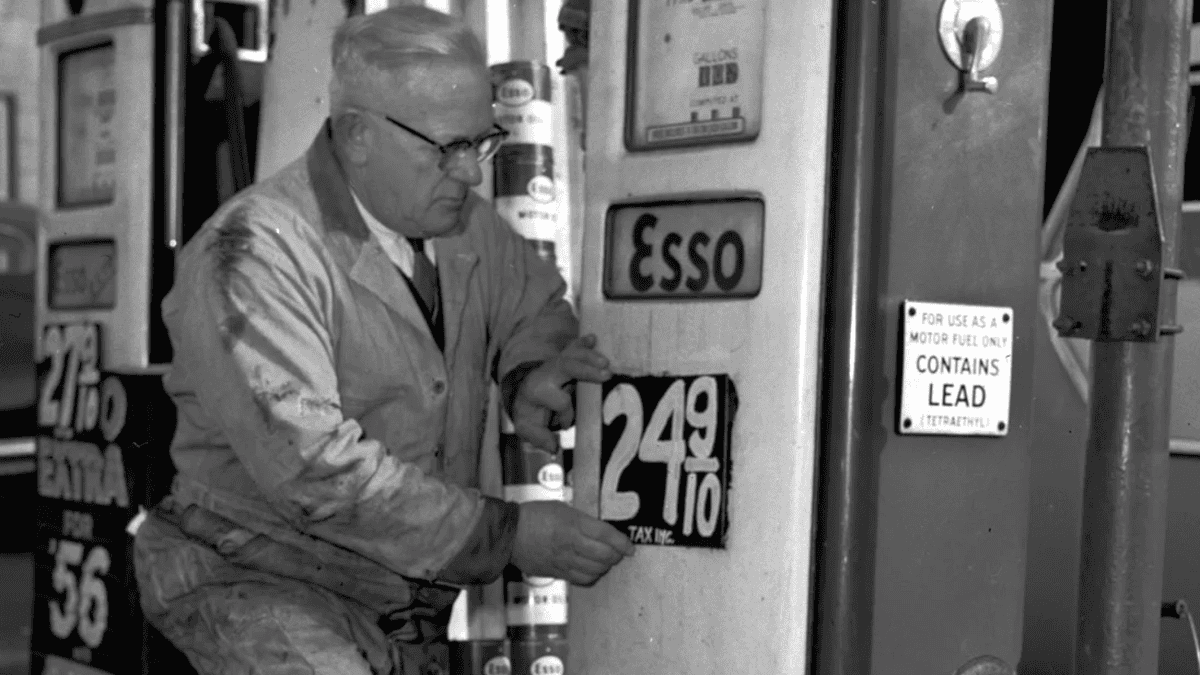Many disposable objects are made of black plastic, which has so far proven to be very hard to recycle. US scientists have devised a new method of recycling black polystyrene, however, simply using sunlight and an ingredient that’s already present in the plastic.
Despite an increasing number of environmental bans on its wide usage, black polystyrene is still commonly utilized in single-use items such as product packaging, food containers, and take-out coffee cup lids.
For some time now, it hasn’t been recycled due to the fact that its black coloration keeps it from being imaged by the optical scanners in recycling plants. Those scanners are used to identify what type of plastic each item is made of, so all of the items of each type can be picked out and grouped together.
Although some inroads have been made regarding this particular problem, there’s still another one to consider. Even if all the black polystyrene items could be automatically sorted, the presence of the “carbon black” pigment in them would still hamper the process of breaking down their molecular bonds by conventional means.
Heating black polystyrene in an oxygen-free chamber does break those bonds, but maintaining the required temperature of over 300 ºC (572 ºF) would be very energy-inefficient if done on a large scale.
One alternative is a process known as photothermal conversion, in which a substance that’s added to the plastic converts bright light into heat – right where it’s needed. That “helper compound” may itself become a waste product, however, plus it might affect the characteristics of the polystyrene while the item is still in use.
With these problems in mind, scientists from Cornell and Princeton universities set out to see if the carbon black that’s already in the plastic could serve as the helper compound.
The researchers initially ground a mixture of uncolored polystyrene and carbon black into a fine powder, then put that powder in a sealed glass vial that was placed under high-intensity white LED lights for half an hour. Doing so caused the carbon black particles to heat the plastic polystyrene particles, molecularly breaking them down into liquid styrenes. The scientists then processed those styrenes and the reclaimed carbon black particles, turning them back into solid polystyrene.
Next, the team cut black polystyrene food containers and coffee cup lids into small pieces, then subjected those to the light treatment. In this case, up to 53% of the solid material broke down into styrene form. That figure climbed to 80%, however, when much more intense focused sunlight was used as the light source.
As an added bonus, when a mixture of black, yellow, red and colorless polystyrene pieces were placed in focused sunlight, the pigment in the black pieces was sufficient to break down all of the pieces at a rate of 67%.
The study was led by Sewon Oh (Cornell), Hanning Jiang (Princeton), and Erin Stache (Princeton). It is described in a paper that was recently published in the journal ACS Central Science.
Source: American Chemical Society







